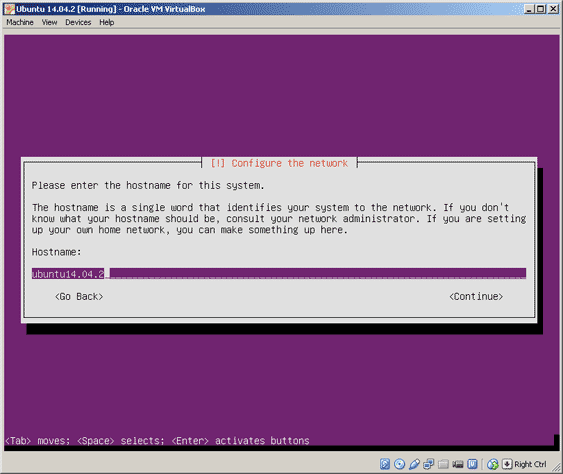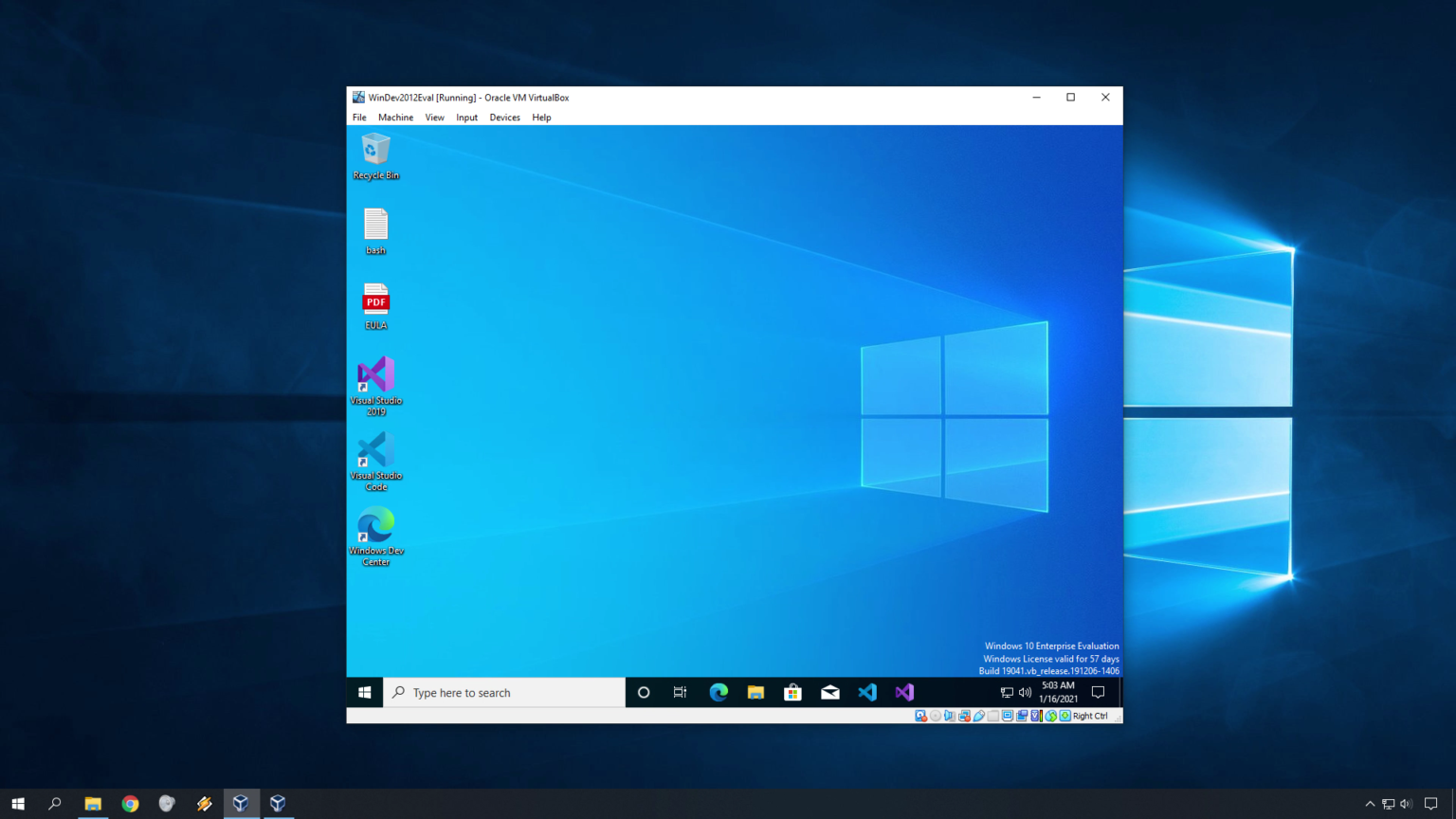

In the next step, we need storage on a physical hard drive. By default, it is VDI (VirtualBox Disk Image) and it is a standard. The next interface is about the hard disk file type. Step 8.“Create a virtual hard disk now” option is checked by default. You can increase it according to the memory available on your system. Now automatically, “Type” will be selected as “Linux” and version will be chosen as “Red Hat (64-bit). Enter the name of the virtual machine in “Name” textbox e.g. Open VirtualBox, click the “New” button to create a new virtual machine. Once the CentOS is downloaded, it is ready to be installed on VirtualBox. Therefore, please wait until the file is downloaded. Click any one of the links to download the CentOS ISO file.Īs you can see it is a 6.6 GB file. Click “CentOS Linux DVD ISO” shown in the below image. To install CentOS 8.0 on VirtualBox, follow these steps: 64-bit x86 System How to get CentOS 8.0?.

The following are some of the requirements that need to be fulfilled before this installation. Let’s get started without wasting any further time. Installing CentOS itself into that virtual machine.Setting up a virtual machine in VirtualBox.Open Virtual Box (via the “Applications” folder or via a Spotlight Search).CentOS is a widely used Linux distribution based on RedHat Linux. In this guide, I am going to show you step-by-step how to install CentOS 8 in a VirtualBox virtual machine. Now that you’ve installed VirtualBox on your Mac, it’s time to load up your Windows 10 virtual machine. Click “Close” and “Move to Trash” since you no longer need the installation file. Remove any leftover files, reinstall a fresh copy of VirtualBox, and then immediately reopen the “Security and Privacy” menu to see this option. If you don’t see this text, open the “Applications” folder and drag the VirtualBox icon to the Trash to uninstall it. Note that this option is only available for 30 minutes after a fresh install of VirtualBox. Near the bottom of the General tab, you should see some text that says software from Oracle America, Inc. Alternatively, you can click Applications > System Preferences > Security and Privacy. To grant permission, click the magnifying glass at the top right, type “Security,” and then press Enter.


 0 kommentar(er)
0 kommentar(er)
